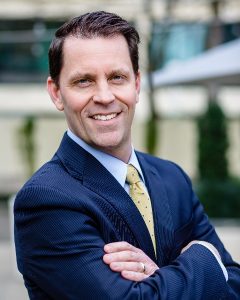
Every chance he gets, Peter Tuenge hops on his bicycle and hits the road. Pedaling many miles at a time, he tracks his times and routes, pushing to beat his personal best. He calls himself an “aggressive cyclist.”
But not long ago, in an unexpected turn of events, Peter faced a different kind of journey: finding out he had a heart condition and needed surgery. As it turned out, the grit and focus he had honed behind the handlebars helped him find his way to recovery.
Out of the blue
“I went in for my annual physical at the age of 45 thinking I was totally healthy,” Peter says. “I was quite physically fit and had no symptoms or complaints. But much to my shock, during the exam my primary care provider heard a heart murmur. It would have hit differently if I’d been struggling, getting short of breath or not feeling good. But this came out of the blue. I was completely floored. It was like being struck by lightning.”
Peter’s doctor referred him to a cardiologist, who sent Peter for testing. After a few diagnostic procedures, the results came back: mitral valve prolapse with severe regurgitation. One of the flaps in the valve between the two left chambers of Peter’s heart was loose and floppy. Blood was leaking backward, or regurgitating, when his heart pumped.
Some cases can be mild to moderate, but Peter’s regurgitation was severe. The only treatment, his cardiologist said, was open heart surgery.
Hours of research
After the initial shock eased, Peter flipped into focus mode. As with his cycling ventures, he assessed the road ahead and researched the options. He pored through medical studies, watched videos of mitral valve prolapse surgeries, and read about hospitals and surgeons. If he had to have open heart surgery, he wanted a surgeon, medical team and hospital with experience and outcomes he could trust.
During his quest, Peter happened to reconnect with an old high school friend. She had recently had surgery for mitral valve prolapse too.
“She was really lucky because her cardiac surgeon used a robotic procedure, and her recovery was much faster than people who had open-chest surgeries,” Peter says. “She could drive, lift and live her life, while other patients took weeks longer to get that back.”
That set Peter on a new path. He was determined to find a surgeon and team highly skilled in robotic heart procedures.
“When you read the literature, the experts say the same thing: If you’re going to have surgery robotically, you have to go to a surgeon and a center where they do lots and lots and lots of these procedures because the learning curve is steep,” Peter says.
Peter interviewed his friend’s surgeon, who practiced in Colorado, via Zoom. He interviewed other surgeons across the country too, asking them “pretty pointedly” how many cases they’d done, their outcomes and what kind of team they have.
Ultimately, Peter was thrilled to learn that the most experienced surgeon and team, by far, was just an hour away. That was Dr. Thomas Molloy, robotic heart surgery pioneer at Adventist Health Northwest Heart Center.
“Dr. Molloy had done far more robotic cases and was doing them far more frequently than the other surgeons I interviewed,” Peter says. “I would have been willing to travel to Denver or Cleveland or Baltimore to get the best care. So driving across town was not too shabby.”
The robotic difference
Peter met with Dr. Molloy and learned what robotic mitral valve surgery would likely entail. The valve might be repairable, or it might need to be replaced — a decision Dr. Molloy would need to make during the operation.
“I was worried about the whole thing from start to finish for sure,” Peter says, “but I tried to stay positive. Dr. Molloy and the team did a very good job of communicating with me and my family about how long it would take and what to expect. My experience was consistent with what they told me.”
During the procedure, his family received regular status updates from the staff on how things were going. Soon afterward, Peter and his loved ones were relieved and grateful to hear the good news: Dr. Molloy had been able to repair instead of replace the leaky valve.
On the road again
Peter’s first night in the ICU was tough, but he says it helps that he was prepared ahead of time.
“Dr. Molloy gave me very realistic expectations, and my experience was very consistent with that,” he explains.
During the days of post-op recovery, the skilled cardiac nurses made all the difference.
“They all were caring, thoughtful, focused and attentive,” Peter says. “I got the sense throughout that the nursing staff knew exactly what they were doing and what Dr. Molloy wanted. I could not have been more impressed.”
Unlike the many weeks of recovery typical for open heart surgery, Peter’s recovery was remarkably fast. “I was ready to be discharged home on post-op day two,” he wrote in a letter of thanks to his heart team. “I stopped narcotics on post-op day two. By one week I was walking, driving and not taking any pain meds. By week two I was able to return to work. By week three I felt amazing.”
It wasn’t long before Peter returned to the gym and was doing pull-ups. The tiny surgical incisions healed up quickly too.
“Some of them are so small, I can’t even remember where they were,” Peter says. Best of all, his regular checkups show his heart continues to hum along normally, with no hint of a heart murmur.
Peter is back to being busy at his law office, traveling the Pacific Northwest with his family and, yes, logging more miles cycling.
“I feel incredibly fortunate that I had Dr. Molloy do my surgery,” he says. “He has high expectations and has set up an amazing staff and system that really works.
Peter hopes others in his situation do their research like he did. “I would tell others that if they need to have heart surgery, to do it robotically,” he says, “and do it with Dr. Molloy and his team — for sure, no question about it.”

